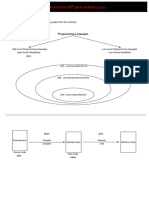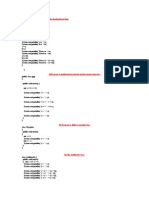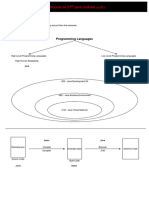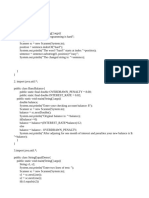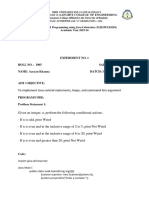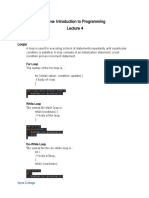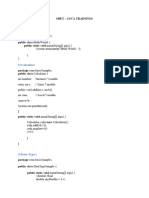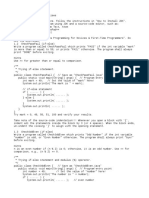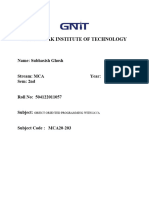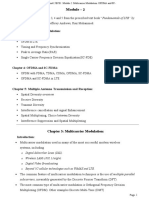0% found this document useful (0 votes)
10 views10 pagesPackage
The document provides an overview of Java programming concepts, including conditional statements, loops, and object-oriented programming principles. It contains examples of various Java classes demonstrating the use of if-else statements, loops, and methods for calculating grades and distances. Additionally, it discusses the structure of Java programs, type casting, and the importance of packages in Java development.
Uploaded by
kavithadevisCopyright
© © All Rights Reserved
We take content rights seriously. If you suspect this is your content, claim it here.
Available Formats
Download as DOCX, PDF, TXT or read online on Scribd
0% found this document useful (0 votes)
10 views10 pagesPackage
The document provides an overview of Java programming concepts, including conditional statements, loops, and object-oriented programming principles. It contains examples of various Java classes demonstrating the use of if-else statements, loops, and methods for calculating grades and distances. Additionally, it discusses the structure of Java programs, type casting, and the importance of packages in Java development.
Uploaded by
kavithadevisCopyright
© © All Rights Reserved
We take content rights seriously. If you suspect this is your content, claim it here.
Available Formats
Download as DOCX, PDF, TXT or read online on Scribd
/ 10


